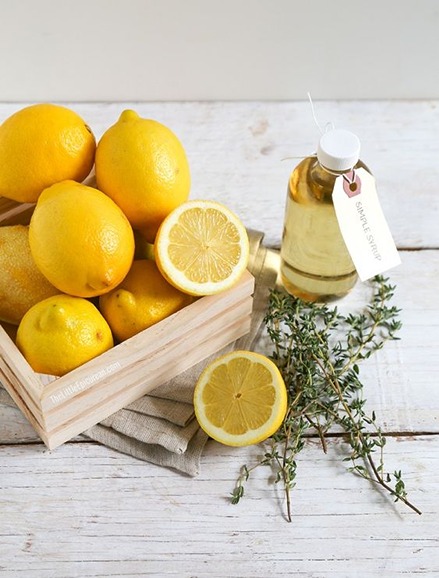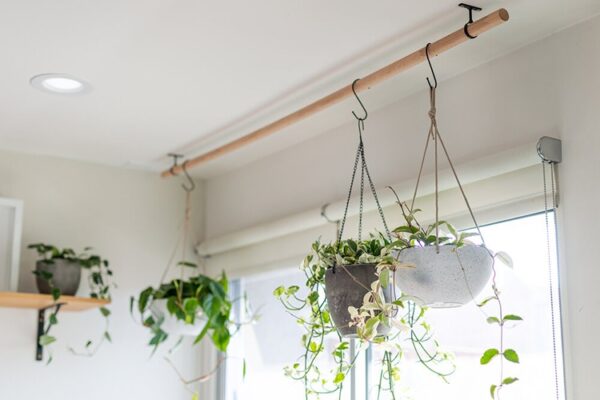11 Fruits and Vegetables to Grow in Garden
Popularity of kitchen gardening has been steadily rising. More and more individuals are showing interest in cultivating their own vegetables and small fruit plants, often setting aside a portion of their backyard, balcony, or roof for this purpose. Some individuals with larger homes even prefer to grow larger fruit plants. The motivations for growing one’s own produce are varied, ranging from hobbyist pursuits to a desire for fresh, organic food, to the potential cost savings of producing one’s own fruits and vegetables.
With the population continuing to grow while the amount of land available for cultivation decreases, the cost of purchasing fresh produce is also increasing. Growing one’s own fruits and vegetables can be a practical solution to this problem, allowing individuals and families to provide themselves with a readily available source of nutritious food.
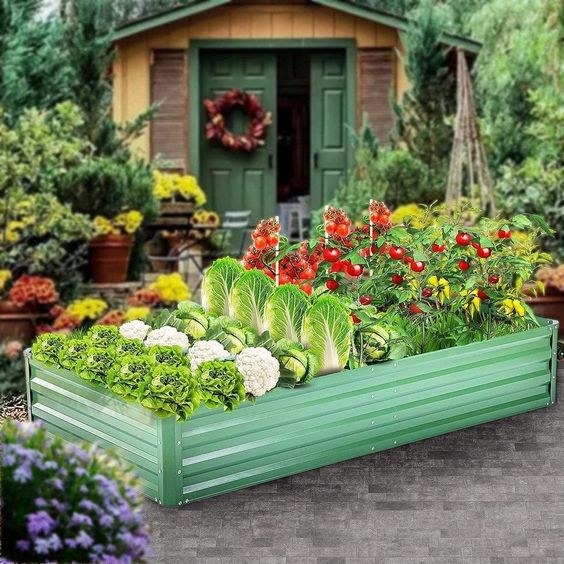
It is recommended that you consider starting a small garden in your home, even if you have already grown various types of plants. By creating a kitchen garden, you can produce fresh and healthy fruits and vegetables for yourself and your family, while also enhancing the aesthetic value of your home. Not only is it healthier to grow your own food, but it can also help save money in the long run. While gardening may seem overwhelming, certain plants are easy to grow.
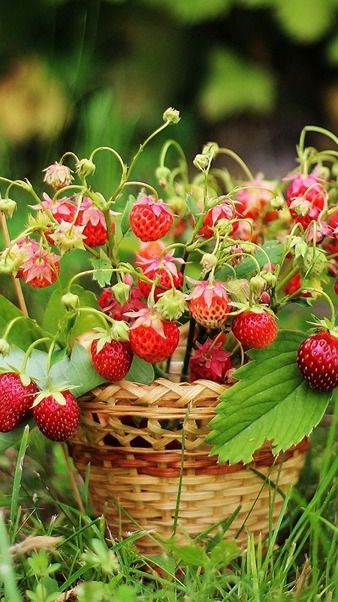
A corner of your backyard can be utilized for growing a small garden. However, if you lack a backyard, small vegetables can be grown in hanging pots or plastic bottles on your balcony. You may also place pots filled with soil on your roof for this purpose. Kitchen gardening has several benefits, including the use of pesticide-free and high-nutritional vegetables and herbs. If grown at home, your family can maintain a balanced diet.
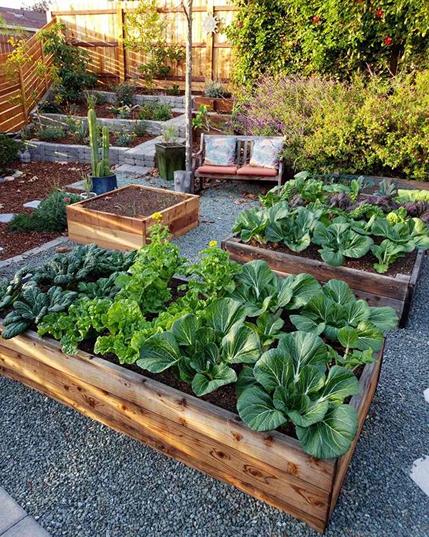
Below is a list of some common vegetables and plants that are popular choices for kitchen gardening:
Carrots
Growing carrots can be a great addition to your home garden, and it’s easy to do! With proper care, you can enjoy a bountiful harvest within just a few months. Carrots are a cool-weather crop that can be planted in early spring or late summer to early fall, depending on your climate. They can be grown in pots, raised beds, or in the ground.
One of the best things about growing carrots is that there are so many varieties to choose from. While the classic orange carrot is always a favorite, you can also try growing yellow, white, red, or even purple carrots for a fun twist. When planting, be sure to space out the seeds to give each carrot room to grow.
Depending on the variety, it can take anywhere from 60 to 75 days for carrots to mature. Keep the soil consistently moist and remove any weeds that may compete for nutrients. Once ready, gently pull the carrots out of the ground and enjoy them in your favorite dishes.

Coriander
Coriander leaves and seeds are highly valued in Pakistani and Indian cuisine, as they lend a strong aroma and spicy flavor to many dishes. Growing coriander at home can be a simple and satisfying endeavor, with the added benefit of having fresh herbs on hand whenever you need them.
The process of growing coriander is relatively quick, with the plant often reaching maturity within weeks. It requires well-draining soil and regular watering, with full sun exposure being preferable. You can either sow coriander seeds directly in the soil or start them in a pot before transplanting them to a larger container or garden bed.
Being a flavorful addition to your cooking, coriander also offers several health benefits. It is a good source of dietary fiber, vitamins A, C, and K, as well as minerals such as calcium, iron, and magnesium. Coriander also contains antioxidants and has been shown to have anti-inflammatory properties.
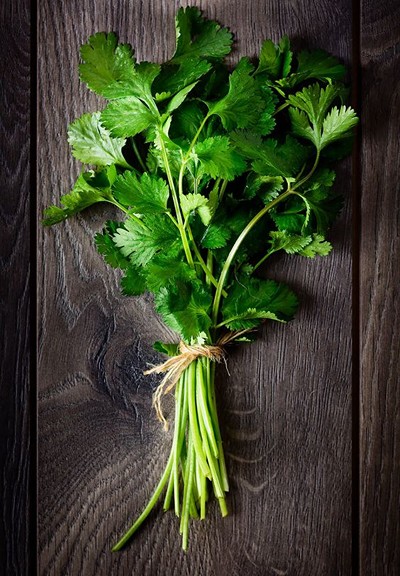
Beans
Beans are a versatile and colorful vegetable that can add flavor and visual interest to your kitchen garden. They come in a variety of shapes, sizes, and colors, from basic green to yellow, purple, and speckled. If you want a garden that’s as pretty as it is delicious, try growing different colorful varieties of beans.
Pole beans are a type of bean that do best when grown vertically, either on a trellis or other support structure. This helps to maximize space and also makes harvesting easier. Bush beans, on the other hand, are more compact and produce a good yield even without vertical support.
Both types of beans are easy to grow and care for, and they can be grown in containers or directly in the soil. They prefer well-draining soil and full sun, and should be watered regularly. Beans can be harvested when the pods are still tender and crisp, usually within 50-60 days after planting.

Pepper
Chili pepper is a shrub-like plant that is highly versatile and widely used in cooking, particularly in the preparation of vegetables, pulses, and meats. With its characteristic spicy flavor and aroma, chili pepper is a popular ingredient in many dishes across various cuisines.
Growing chili peppers can be a simple and enjoyable task, even for those new to gardening. This plant requires well-draining soil and plenty of sunlight, and it can be grown both in containers and directly in the ground. Chili peppers typically thrive in warm climates, making them a popular choice for home gardens in tropical and subtropical regions.
Apart from its culinary uses, chili pepper is also known for its potential health benefits. It contains a compound called capsaicin, which has been shown to have anti-inflammatory and pain-relieving properties. Some studies have also suggested that capsaicin may aid in weight loss by boosting metabolism and reducing appetite.

Peas
Fresh peas are not only tasty, but they are also very easy to grow. They are considered a cool-season crop and should be planted in early spring or fall. The time it takes for them to mature can vary from 58 to 67 days, depending on the variety. Peas have a vining nature, so they do well when grown on a trellis or trained on a fence.
Peas come in several varieties, including snow peas, snap peas, and shelling peas. Snow peas have a flat pod and are typically eaten whole, while snap peas have a thicker pod and are eaten with the pod. Shelling peas, on the other hand, have a thicker, fibrous pod that is removed before eating. When selecting pea varieties to grow, consider your family’s preference and how you plan to use them in your cooking.

Tomatoes
Tomatoes are one of the most popular vegetables in the world, second only to peppers and potatoes in terms of global consumption. These versatile fruits are used in countless dishes, from salads to sauces, and can even be eaten on their own as a healthy snack.
Growing tomatoes at home can be a rewarding experience, as they require minimal effort and can produce a bountiful harvest. It is recommended to start tomato seeds indoors, keeping them in a warm and sunny location for 4 to 6 weeks before transplanting them to a garden or larger containers.
Tomatoes thrive in warm weather, making the summer season an ideal time for planting. With proper care and attention, tomato plants typically begin producing fruit within 60 to 100 days. Harvesting tomatoes at the right time is crucial, as they taste best when they are fully ripe.
Tomatoes are a good source of vitamin C, potassium, and fiber, as well as various antioxidants. They have been linked to several potential health benefits, including a reduced risk of heart disease, improved skin health, and better digestion.
In addition to their nutritional value, growing tomatoes at home can also be an environmentally friendly choice, as it reduces the carbon footprint associated with transporting produce from farms to grocery stores.

Strawberries
Growing your own strawberries can be a rewarding experience. These sweet, juicy fruits are easy to grow and come in many different varieties, allowing you to enjoy fresh strawberries all season long.
June-bearing strawberries produce one large crop of berries per year, typically in late spring or early summer. Everbearing varieties, on the other hand, produce two crops per season – one in summer and another in the fall.
To grow strawberries at home, plant them in well-draining soil with plenty of sunlight. Consider using a raised bed or container to ensure good drainage. Strawberries can also be grown in hanging baskets or window boxes.
Once your plants are established, make sure to water them regularly and keep an eye out for pests and diseases. With proper care, you can expect to harvest ripe strawberries within 30 to 45 days of flowering.

Bell pepper
Bell pepper, also known as capsicum, is a colorful and flavorful vegetable that is widely used in Oriental cuisine and as a popular topping on fast foods like pizzas. Growing bell pepper at home is a great way to ensure a steady supply of fresh produce that is free of harmful pesticides and additives.
Bell peppers can be grown in both pots and garden soil, making it an ideal choice for kitchen gardening. To start, it is recommended to keep bell pepper seeds indoors for 4 to 6 weeks in a warm, sunny location before transplanting them to the garden or larger containers.
The best time to plant bell peppers is in the early summer when the weather is warm and sunny. With proper care and attention, bell peppers can be harvested in as little as 60 to 80 days. When harvesting, look for bell peppers that are firm, glossy, and have a vibrant color.
Bell peppers are not only delicious but also a rich source of vitamins and minerals that are essential for good health. For example, bell peppers are packed with vitamin C, which is important for immune function and skin health. They also contain vitamin A, which is crucial for vision and overall health.
Bell peppers are also low in calories and high in fiber, making them a great choice for those looking to maintain a healthy weight or improve digestive health.
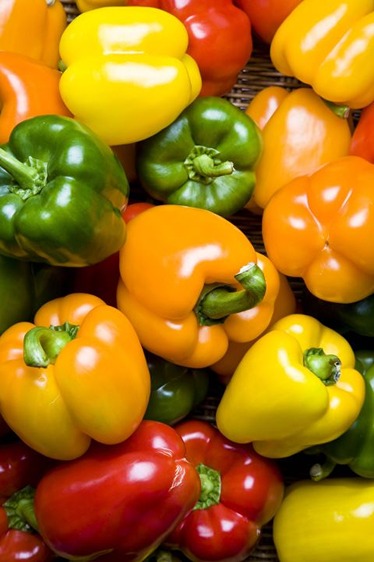
Spinach
Spinach is a versatile and nutritious leafy vegetable that is easy to grow in a kitchen garden. This crop can be grown in either direct sunlight or light shade, making it ideal for various growing conditions. Spinach can be planted in any season by providing a suitable environment, but it is a cool-season crop that thrives in cooler temperatures.
Spinach is a fast-growing crop that can be harvested in as little as 45-50 days after planting. It is important to ensure that the soil is well-drained and rich in organic matter to promote optimal growth. Spinach is also a good source of vitamins and minerals, such as iron, vitamin C, and folate, making it a healthy addition to any diet.
To grow spinach, sow the seeds directly into the soil at a depth of about half an inch, and space them out about 2-3 inches apart. Water the soil regularly and ensure that it stays moist but not waterlogged. You can also fertilize the soil with a balanced fertilizer to promote healthy growth.
Harvesting spinach is easy and can be done by picking the outer leaves as they reach a suitable size. You can continue to harvest the outer leaves as the plant grows, or you can wait until the plant reaches full maturity and harvest it in one go.

Mint
During the early summer season, you can start growing mint in your kitchen garden by taking some root cuttings of the plant and sowing them in the soil. Mint is a fast-growing plant, and within a few weeks, you will see it sprouting. Once it grows into a few shrubs, it will be enough for a household, as mint plants tend to spread and take up space quickly.
Mint has a refreshing and aromatic flavor, which is commonly used in teas, cocktails, and as a garnish for various dishes. In Pakistani and Indian cuisine, mint is often used to make fresh chutneys, which are served as a side with meals. Another popular use of mint is to mix it with yogurt to make a refreshing dip or sauce.
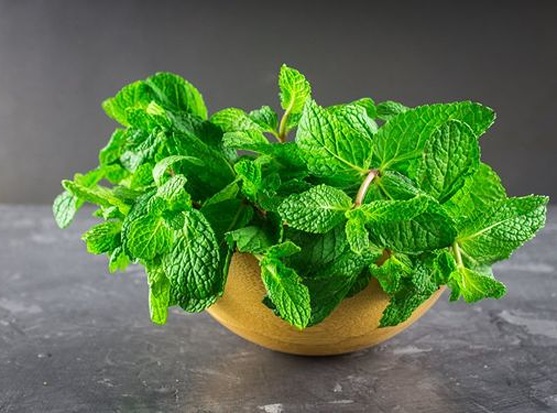
Lemons
Lemons are a type of citrus fruit that are widely used in cooking to add a sour taste to dishes. There are many different varieties of lemon plants available, and they can be easily grown at home either in soil or in pots.
If you decide to grow a lemon plant at home, you may be surprised at how many lemons it can produce. In fact, it may produce more lemons than your family can consume. Lemon trees typically yield two crops per year, which can be harvested in the summer and winter seasons.
Having a lemon tree in your home garden can be very cost-effective, as you will have a constant supply of lemons at your disposal without having to purchase them from the store. In addition to cooking, lemons can also be used for making refreshing lemonade, as well as for cleaning and other household uses.
